Introduction
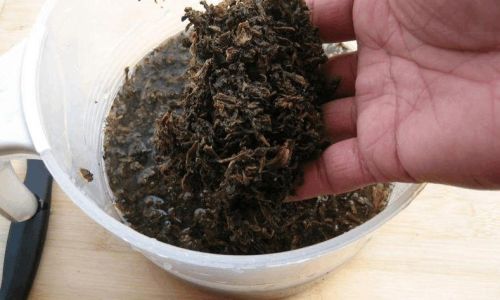
Dried plum-like vegetables, commonly known as Mei Gan Cai in Chinese cuisine, are a staple in many traditional dishes. These preserved vegetables offer a unique flavor profile, characterized by their umami-rich taste, tangy aroma, and slightly sweet aftertaste. Mei Gan Cai is often used as a side dish, an ingredient in stir-fries, or even as a filling for buns and dumplings. While the name translates to “dried plum-like vegetables,” Mei Gan Cai is actually made from various vegetables, such as mustard greens, Chinese cabbage, or turnip greens, which are salted, fermented, and then sun-dried.
The process of making Mei Gan Cai is both an art and a science, requiring patience, attention to detail, and a good understanding of the fermentation process. In this article, we will delve into the step-by-step process of how to make Mei Gan Cai at home, ensuring you achieve the perfect balance of flavors and textures.
Section 1: Understanding the Ingredients and Tools
Before diving into the recipe, it’s essential to gather all the necessary ingredients and tools. Here’s a comprehensive list:
Ingredients:
- Fresh vegetables (mustard greens, Chinese cabbage, or turnip greens) – approximately 5 kilograms (11 pounds)
- Coarse sea salt – approximately 1 kilogram (2.2 pounds), or enough to cover the vegetables generously
Tools:
- Large, clean plastic or glass containers with lids (large enough to hold the vegetables and allow for fermentation)
- Clean cloths or cheesecloth
- Rubber bands or string
- Large, clean cutting boards
- Sharp knives
- Clean, dry towels
- Large, sturdy racks or drying trays
- String or twine (optional, for hanging the dried vegetables)
Section 2: Preparing the Vegetables
The first step in making Mei Gan Cai is to prepare the vegetables. This involves washing, cutting, and salting them.

Step 1: Washing the Vegetables
- Rinse the fresh vegetables thoroughly under running water to remove any dirt, debris, or insects.
- Pat the vegetables dry using clean towels. It’s important to remove as much moisture as possible to prevent mold during fermentation.
Step 2: Cutting the Vegetables
- Depending on the type of vegetable you’re using, cut them into strips or shreds. For mustard greens and Chinese cabbage, you can cut them into 1-2 inch wide strips. For turnip greens, shred them finely.
- Aim for consistency in the size and thickness of the cuts to ensure uniform drying and fermentation.
Step 3: Salting the Vegetables
- In a large bowl or on a clean cutting board, layer the cut vegetables with coarse sea salt. Use approximately 1/5 of the total salt for each layer.
- Rub the salt into the vegetables gently but thoroughly, ensuring every piece is coated.
- Let the salted vegetables sit for about 30 minutes to an hour, allowing the salt to draw out moisture.
Section 3: Fermentation
After salting, the vegetables will begin the fermentation process. This is a crucial step in developing the unique flavor of Mei Gan Cai.
Step 1: Packing the Vegetables
- Transfer the salted vegetables into the large, clean containers. Pack them down tightly with your hands or a wooden spoon to release more moisture.
- Make sure the vegetables are submerged in their own juices. If there isn’t enough liquid, you can add a bit of brine (saltwater solution – about 1 tablespoon of salt per cup of water) to cover them.
Step 2: Covering and Weighting Down
- Cover the containers with clean cloths or cheesecloth. Secure them with rubber bands or string.
- Place a heavy object, such as a clean stone or a small bowl filled with water, on top of the cloth to keep the vegetables submerged. This prevents mold and ensures even fermentation.
Step 3: Monitoring the Fermentation

- Place the containers in a cool, dark place where the temperature is consistent, ideally between 68-77°F (20-25°C).
- Check the containers daily. If you notice any mold forming on the surface, skim it off carefully with a clean spoon and replace the cloth.
- The fermentation process can take anywhere from 3-7 days, depending on the temperature and the type of vegetable. The vegetables should turn a darker green and develop a pleasant, tangy aroma.
Section 4: Drying the Vegetables
Once the fermentation is complete, it’s time to dry the vegetables. This step preserves them and intensifies their flavor.
Step 1: Preparing for Drying
- Carefully remove the vegetables from the containers. They will be quite soft and moist at this point.
- Rinse them gently under running water to remove any excess salt and fermentation byproducts. Pat them dry with clean towels.
Step 2: Drying Methods
There are several methods you can use to dry the vegetables:
Air Drying:
- Spread the vegetables in a single layer on large, sturdy racks or drying trays.
- Place the racks in a well-ventilated area, ideally in direct sunlight. If the weather is not cooperative, you can use a dehydrator set to a low temperature (around 115°F or 46°C).
- Turn the vegetables occasionally to ensure even drying. This process can take several days to a week, depending on the weather and the thickness of the vegetables.
String Drying:
- If you prefer, you can thread the vegetables onto strings, tying them at intervals to prevent tangling.
- Hang the strings in a well-ventilated, sunny area.
- Again, monitor the drying process closely, turning the strings occasionally if necessary.
Section 5: Storing the Dried Vegetables
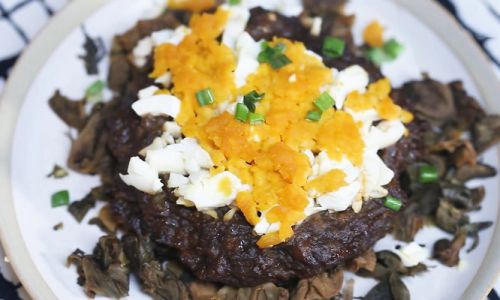
Once the vegetables are fully dried, they are ready to be stored. Proper storage is key to maintaining their quality and flavor.
Step 1: Checking for Dryness
- Ensure the vegetables are completely dry by touching them. They should feel brittle and not tacky or damp.
- If any pieces are still moist, continue drying them until they reach the desired consistency.
Step 2: Storing in Airtight Containers
- Transfer the dried vegetables to clean, airtight containers. Glass jars or plastic containers with tight-fitting lids work well.
- Label the containers with the date and the type of vegetable.
- Store the containers in a cool, dark place, such as a pantry or a cupboard.
Section 6: Using Mei Gan Cai in Cooking
Now that you’ve successfully made Mei Gan Cai, it’s time to enjoy its unique flavor in various dishes. Here are a few ideas:
Stir-Fries:
- Rehydrate the dried vegetables by soaking them in water for a few hours or overnight. Drain and chop them into bite-sized pieces.
- Add them to your favorite stir-fry recipes, along with meat, tofu, or other vegetables.
Soups and Stews:
- Use rehydrated Mei Gan Cai to add depth and flavor to soups and stews.
- Their umami-rich taste pairs well with pork, chicken, or seafood.
Buns and Dumplings:
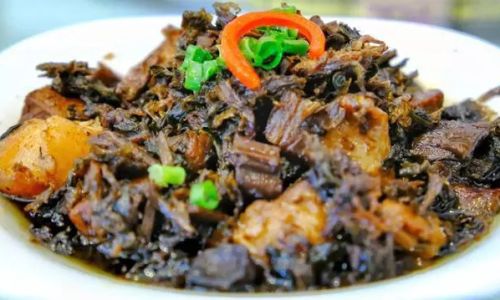
- Fill steamed buns or dumplings with a mixture of rehydrated Mei Gan Cai, pork, and seasonings.
- The combination of flavors is sure to delight your taste buds.
Side Dishes:
Serve rehydrated Mei Gan Cai as a side dish, dressed with a simple vinaigrette or a splash of soy sauce.
Conclusion
Making Mei Gan Cai at home is a rewarding endeavor that allows you to control the quality and flavor of this versatile ingredient. By following the steps outlined in this article, you can achieve the perfect balance of tanginess, sweetness, and umami that defines Mei Gan Cai. Whether you’re a seasoned chef or a home cook, incorporating Mei Gan Cai into your recipes will elevate your dishes to new heights. Enjoy the process of fermentation and drying, and savor the delicious results in your favorite meals.
Remember, the art of making Mei Gan Cai lies in patience and attention to detail. Each batch will have its own unique flavor profile, influenced by the type of vegetable, the fermentation process, and the drying method. Experiment with different techniques and ingredients to find your perfect Mei Gan Cai recipe. Happy cooking!
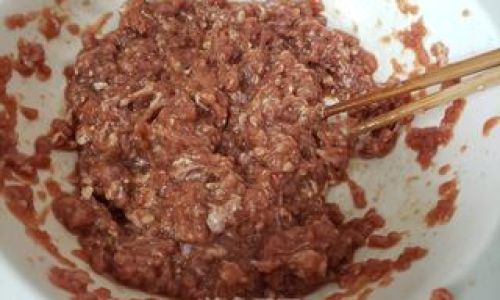
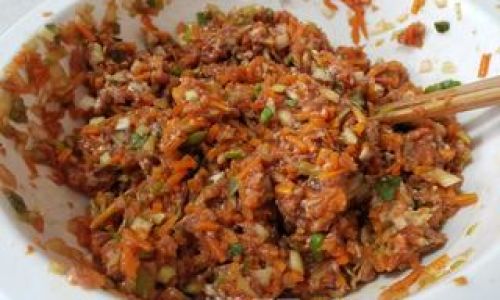
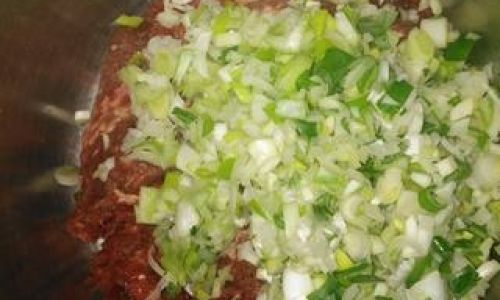
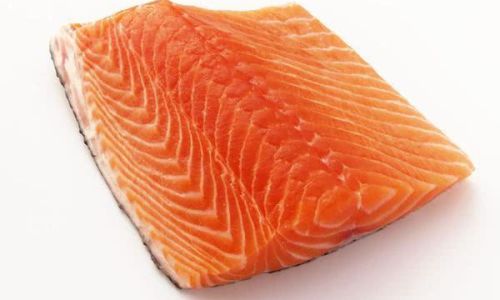
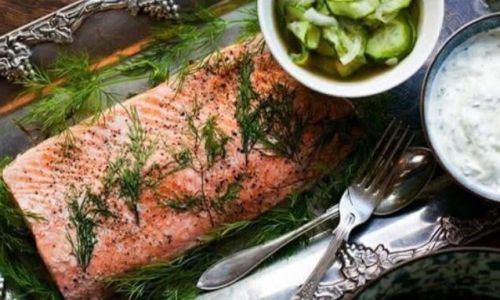
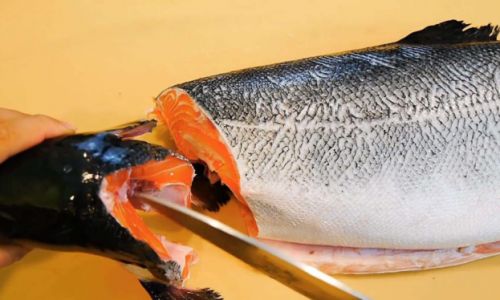
0 comments